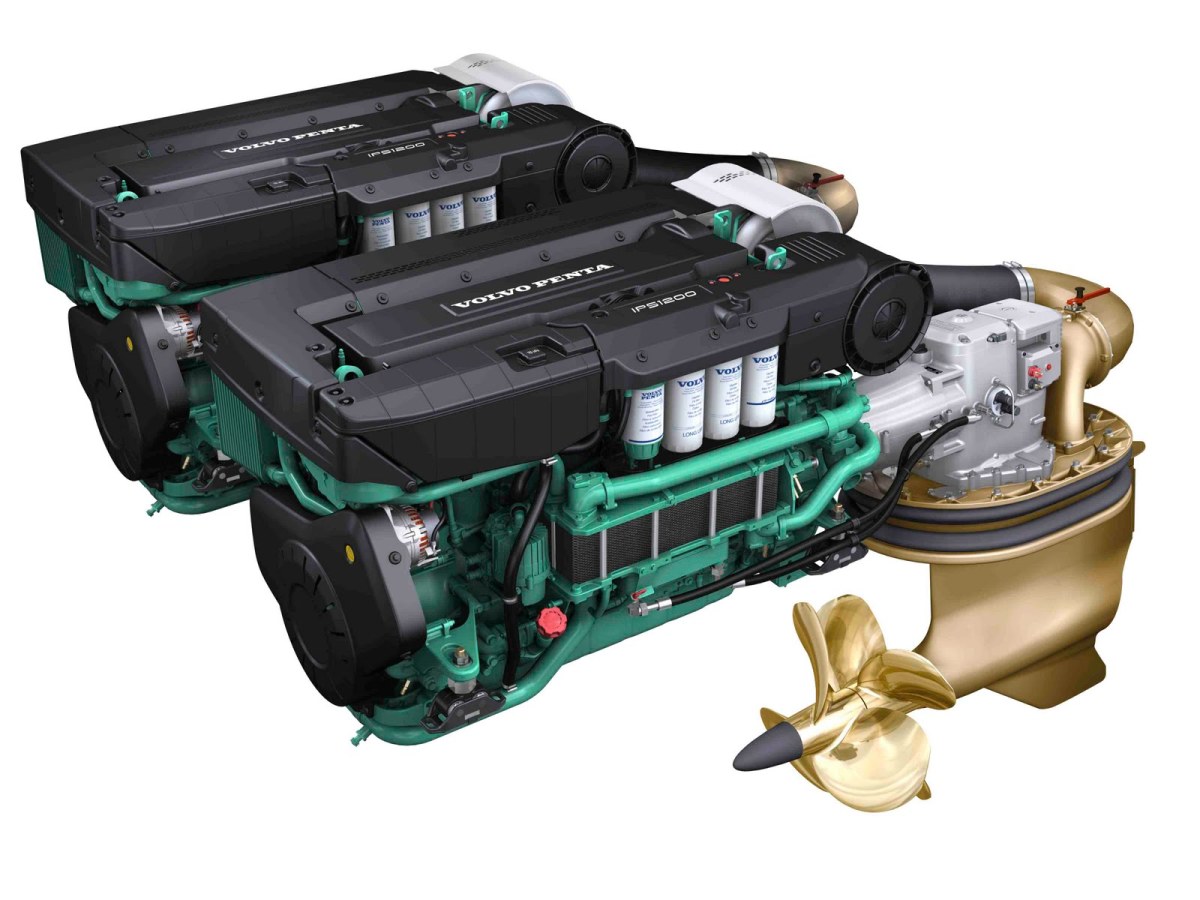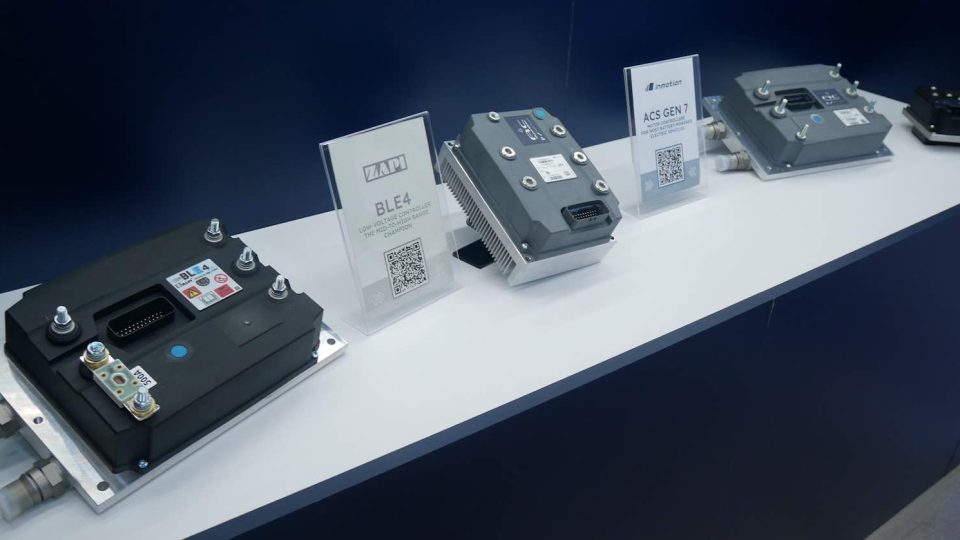Volvo Penta and Hybrid Ips: a good combination
When pod turns green Volvo Penta. Marine world is among the most interested in hybrid engines new solutions, especially when it comes to engines for professional use. Moreover, it is the world that naturally lends itself to Oem. In boating, both professional and recreational, there are no captive producers. Every site is an assembler of components produced by […]

When pod turns green
Volvo Penta. Marine world is among the most interested in hybrid engines new solutions, especially when it comes to engines for professional use. Moreover, it is the world that naturally lends itself to Oem. In boating, both professional and recreational, there are no captive producers. Every site is an assembler of components produced by others and engine is one of them. Nothing could be easier, then, to integrate the classic diesel with a hybrid powerline.

VOLVO PENTA HYBRIDIZATION IN MARINE SECTOR
Thanks to its leading role, Volvo Penta announces the hybridization of its engines for professional and recreational use combined with the Ips propulsion system, already widely used for its extraordinary versatility.
This is a first step, which will take shape with first prototypes in 2020. Then Volvo Penta will debut with the final version the following year in the professional world and, later, in recreational one.
Engines for professional use are all six-cylinders and start from 7.7 liters of the D8 to go to 10.84 liters of the D11 and get to 12.8 liters of the D13. Common to all is the dual-input turbocharger while in the smaller engine the common rail has replaced the high-pressure pump injectors of larger displacement versions.
Rating R3 & R4
Powers depend on the power ratings, normally measured according to the R3 rating (light commercial, with maximum two hours of maximum power every 12 and an average use of 2,000 hours / year) and R4 (the hours at full power and those of annual employment are halved) overall) and range for the two largest engines between 354 and 554 kilowatts to the mast, with a regime between 2200 and 2300 rpm.

Three modes for Volvo Penta and Ips Hybrid
In this way at least three operating modes are possible.
The first two engage the clutch, in order to add the both power sources or to work as a generator to recharge the batteries.
The operation with the disengaged clutch is more interesting for Volvo Penta and the hybrid Ips. In this electric-only mode, you can switch from cruising to maneuvering on landing. In addition to the obvious reduction of exhausts, turning to electric mode it’s the way to reduce noise emissions too. This is an important feature approaching crowded areas in the night time. Inverter, battery pack and battery management system complete the powerline.
The real revolution could come with Volvo Penta Ips combination, the individually steerable Pod Drives with twin counter-rotating propellers, the real Swedish best seller.
IPS Hybrid reaches up to 30 percent reduction in consumption and CO2 emissions and increase of the maximum speed even by 20 percent, the company says.









